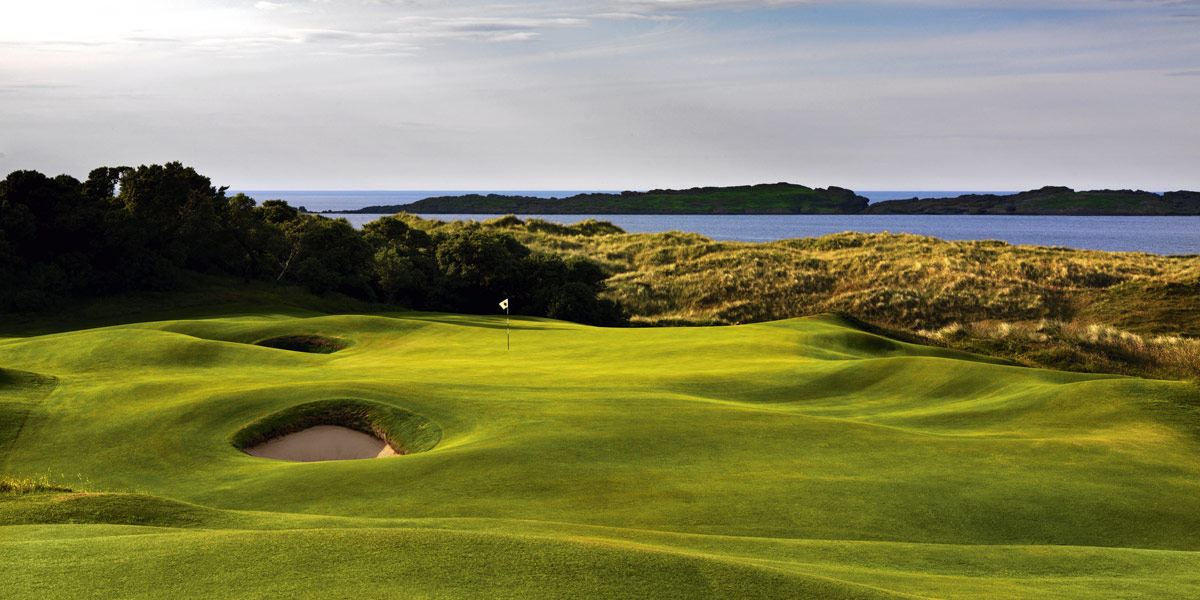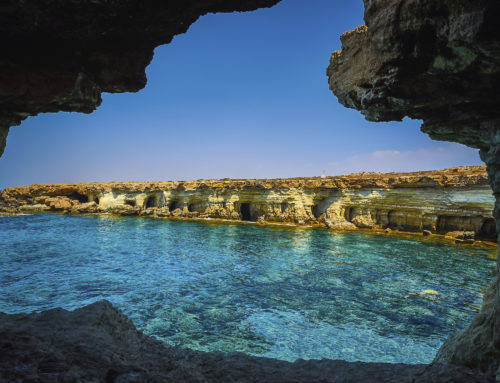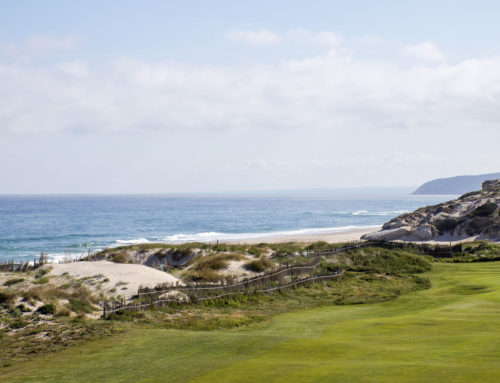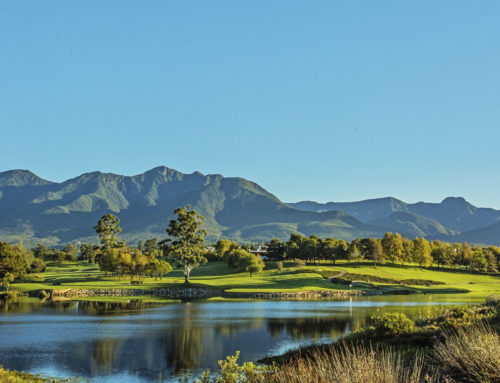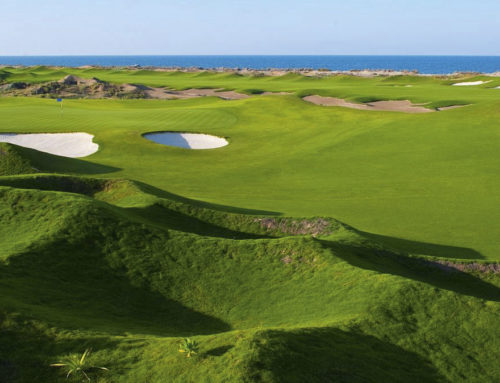Blessed with numerous courses of distinction that prove to be both challenging and breathtaking in equal measure, the spectacular Irish coast is the ultimate destination for the discerning golfer. Words: Sarah Woods
David Lean’s beautifully shot 1970 film Ryan’s Daughter perfectly encapsulated the charm of Ireland’s natural beauty. Lush, green hills, dark mountains and sweeping sandy beaches typify this rugged Celtic terrain: a dramatic patchwork of topographical textures surrounded by crashing Atlantic waves. There are soaring peaks and skinny country roads lined with golden gorse and flowering fuchsia, while ragged, rocky islands soak up brackish sea spray. Bird-filled forests lead to fossil-ridden hillsides, ancient stones and ruins, while fields of juicy, pea-green pasture are bounded by scrubby hedgerows flecked with grey boulders and tiny flowers.
Conviviality abounds in stone-built pubs in every village, where Ireland’s folk music, literary heritage, food and ales are easy to find. Well-served by international airports and ferries, as well as well-signed roads, public footpaths and bridleways, there are few finer places than Ireland’s coastline to explore on foot, horseback or bike. Wear comfortable clothes and a set of waterproofs, even in summer, since exploring Ireland is to embrace the peculiarities of its coastal weather: the foliage isn’t a luscious, rich, green without good reason.
Golfing heritage
Ireland’s golf courses are popular places to be, come rain or shine. Sport plays an important role in the modern Irish identity. Golf embedded itself into the Irish sporting culture in the late 19th century, after the Golfing Union of Ireland was founded in 1891 — making it the world’s oldest golfing body. The first Irish golf clubs date back to the 1880s, and are often described as ‘a gift from Scotland’ due to their strong Scottish connection. Indeed, the Royal Dublin Golf Club was founded by a Scottish banker in 1885, and many early clubs imported Scottish professionals to teach the game to Irish enthusiasts. A boom time for golf followed, as more than 100 clubs sprouted up all over the country in just a decade and an estimated 12,000 golfers hit the fairways. The growth of the railways helped unleash the passion for golf, by enabling Irish golfers to travel — golfing travellers were courted by specially reduced fares and it wasn’t uncommon for trains to be held back to accommodate golfers returning late after celebrating, or commiserating, on the ‘black stuff’ at the 19th. Many of Ireland’s oldest golf clubs remain today, a proud golfing pedigree that helped earn Ireland the honour of hosting the 2006 Ryder Cup.
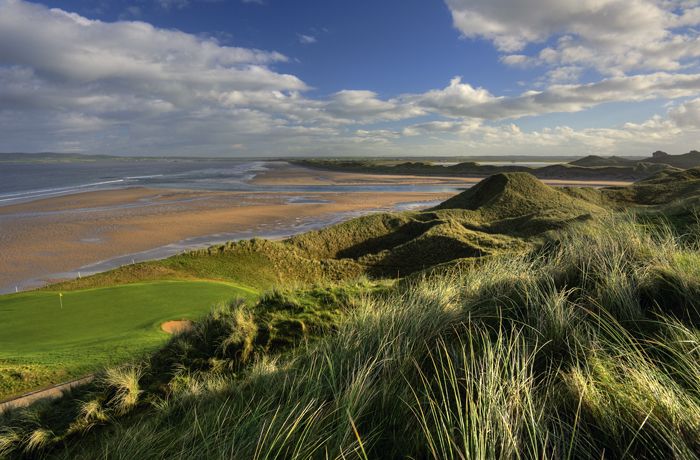
Tralee Golf Course
Five of the best coastal Irish coastal courses
County Sligo Golf Club, Connacht
As the oldest and most prestigious golf course in Ireland, Rosses Point (as it’s known by the locals) was formed in 1894. It’s in this area that renowned Irish poet WB Yeats spent many of his formative years, drawing great inspiration from the spectacular landscape at mighty Benbulben: a gigantic limestone rock formation that dominates the course. Par 72, 18-holes, visitors welcome and green fees start from £128.
Ballybunion, Munster
With its 36 holes, Ballybunion offers links golf in its purest form. The Old Course is seductive, with a calm start that reaches fever pitch on the back nine when it weaves through some colossal sand dunes. Five terrifying par threes (130 to 214 yards) tatter the nerves of even scratch golfers. Par 71, 6,366 yards, green fees from £88.
Waterville Golf Club, Munster
Located in a picture-perfect setting of mountains and ocean, the Waterville Golf Club course navigates rugged twists and turns across rumpled dunes. Prepared to be wowed by holes 16 to 18, high above the crashing waves — they’re utterly gasp-inducing. Visitors welcome, green fees from £61.
Tralee Golf Club, Munster
This dramatic 18-hole links course is renowned as Europe’s first Arnold Palmer design, with its spellbinding holes and dazzling scenery over beaches and sea. Palmer himself quipped, “Surely God designed the back nine” — the back of the seventh tee box overlooks the Randy, a small harbour that was a haven for smugglers in centuries past. Visitors welcome, green fees from £123.
Dungarvan Golf Club, Munster
One of the biggest on-course battles at this par 72 championship parkland club is trying not to let the scenery distract your swing, for it commands mesmerising views across Dungarvan Bay towards the handsome Comeragh Mountains. Visitors welcome, green fees from £26.

